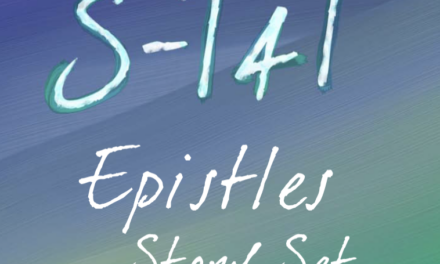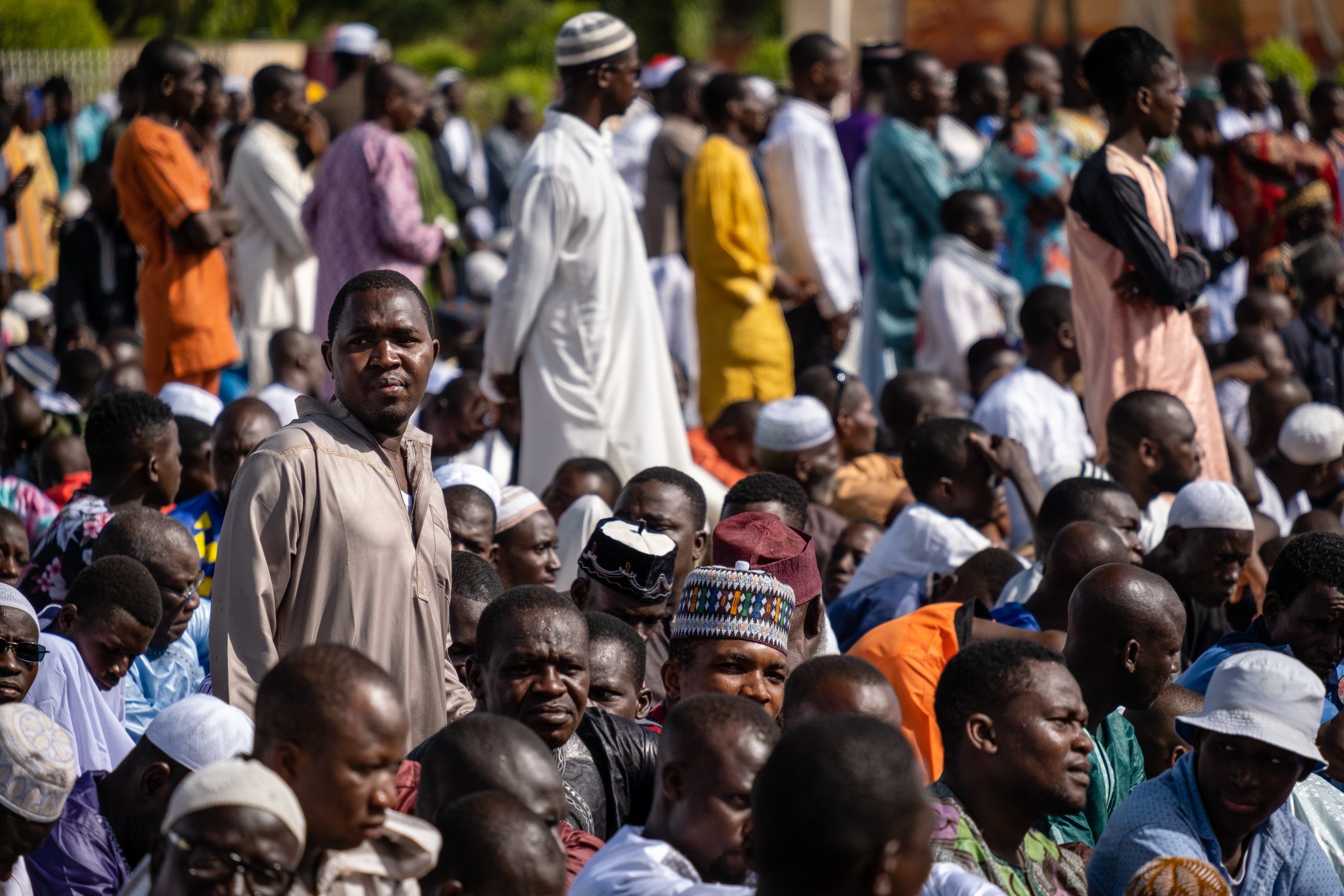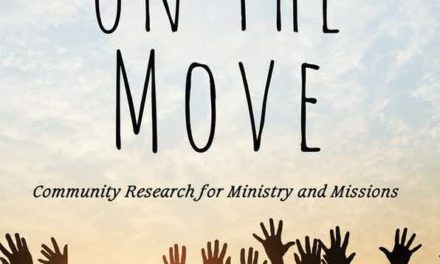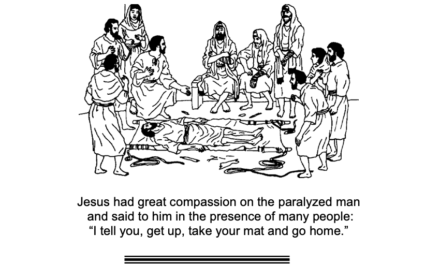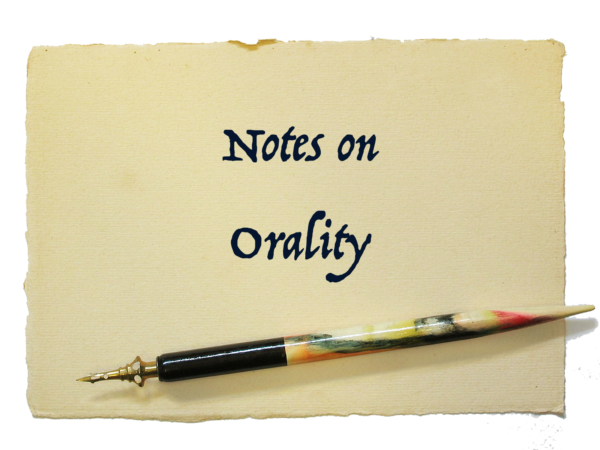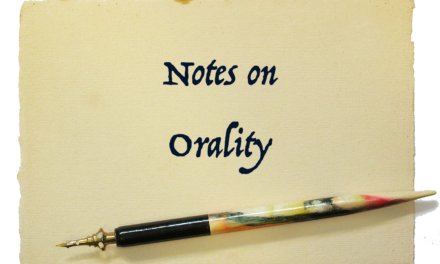
Sign Language
ORAL LEARNERSIt sounds contradictory to describe Deaf* people as “oral communicators.” Deaf people typically are neither oral, speaking with the mouth, nor aural, communicating via the ear. They use sign language for most of their communication. But the Deaf share many common traits with groups who are oral communicators.
What the Deaf and oral communicators have in common is the fact that both are largely non-print communicators. Both groups use storytelling as a primary form of communication. Both groups routinely communicate in face-to-face conversations. They like group interaction and think decisions made with substantial group input are better than decisions made by one or a few. Members of the Deaf community and oral culture communities utilize what is sometimes called “concrete-relational thinking.” They process thought by reference to specific people, existing relationships, tangible objects, and actual events instead of processing thought via theories, conceptual models, schematic diagrams, and abstractions.
Deaf people also have shared experiences with oral cultures who speak a minority language and have little power in their country. Both are minority language groups who feel toward the majority a keen sense of “us” vs. “them.” They usually have felt oppressed by the majority culture and its insistence that they and their children learn the language of the majority. Sometimes they have been pressured into worshiping in the majority language and discouraged from forming churches that worship in their preferred language.
Coaching Deaf people to put Bible stories into their sign languages and encouraging Deaf people to pray in their own sign language is empowering. Encouraging them to worship in their heart language–sign language–often leads to spiritual breakthrough. It is an even bigger step when Deaf people can attend a Deaf-led Deaf church.
For these reasons and others, strategies that have been developed for oral cultures often can transfer effectively to working with the Deaf. The Deaf are not “oral communicators,” but they share many cultural traits with them.
*The word “Deaf” is capitalized when referring to the Deaf as a group with its own distinct language and culture or to individuals who identify with such a group. The word “deaf” is used in lower case when referring to an individual who has major or complete loss of hearing, but who identifies with the hearing community.

